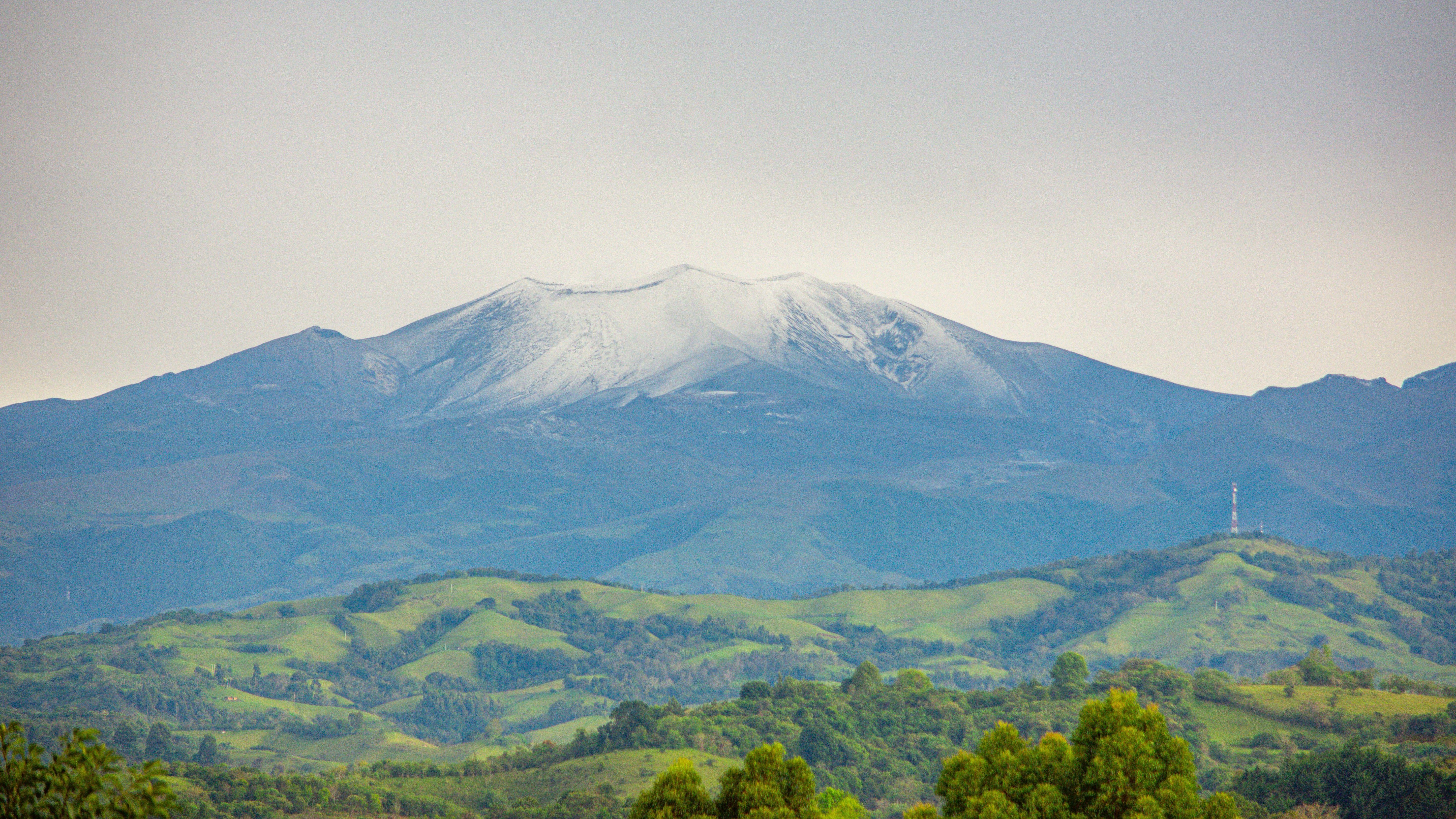One of Earth's biggest mass extinctions caused by rising sea levels in eerie echo of today
In samples of organic-rich black shale, scientists found evidence for oxygen depletion and hydrogen sulfide expansion in ancient seas.
Depleting oxygen and rising hydrogen sulfide levels in the oceans may have been responsible for one of Earth's most significant mass extinctions more than 350 million years ago, a new study finds. The changes were likely driven by rising sea levels and have some spooky parallels to conditions seen today.
Researchers studied samples of black shale from the Bakken Formation, a 200,000-square-mile (518,000 square kilometers) region partly laid down during the late Devonian that encompasses parts of North Dakota and Canada and is one of the largest contiguous deposits of natural gas and oil in the United States. The team found evidence that Earth experienced periods of oxygen depletion and hydrogen sulfide expansion, which likely contributed to the sweeping extinction events that ravaged Earth during the Devonian period (419.2 and 358.9 million years ago), or the "Age of Fishes."
Hydrogen sulfide forms when algae decomposes on the ocean floor. The decomposition process also depletes the area of oxygen.
"There have been other mass extinctions presumably caused by expansions of hydrogen sulfide before, but no one has ever studied the effects of this kill mechanism so thoroughly during such a critical period of Earth's history," study co-author Alan Jay Kaufman, a geologist at the University of Maryland, said in a statement.
Related: Scientists just found a hidden mass extinction in Earth's ancient past
During the Devonian period, sea life profilerated. Jawless fishes, known as placoderms, diversified widely throughout oceans that encircled the supercontinents Gondwana and Euramerica. Oceans were also full of trilobites and early ammonites, and extensive reefs fringed the continents. On land, Earth saw its first forests of ferns and early trees. By the mid-Devonian, Earth's earliest known tetrapod Tiktaalik roseae had crawled out of the sea.
However, the Devonian period also saw some of the most significant extinctions in Earth's history, including one of the five infamous 'mass extinction' events that led to the evolution of the flora and fauna we know today. Placoderms, trilobites and early ammonites disappeared, while cartilaginous fish-like sharks and rays proliferated.
Get the world’s most fascinating discoveries delivered straight to your inbox.
To better the Devonian extinctions, the research team analyzed more than 100 core samples drilled from black shale deposits in the Bakken Formation. This organic-rich sediment accumulated near the end of the Devonian period, recording the environment within its chemical makeup.
The team found evidence of "anoxic events," where waters were completely depleted of oxygen, they reported in the study, published March 8 in the journal Nature.
These sharp drops "are likely linked to a series of rapid rises in sea level" due to the melting of South Pole ice sheets during the preceding Silurian period (443.8 million to 419 million years ago), Kaufman said in the statement.
Simultaneously, plants transformed rocky land into soil, which would have released nutrients to flow into those rising oceans. The influx of nutrients into the oceans would have triggered massive algal blooms, which died, decomposed and soaked up oxygen. As they decomposed, the dead algae released hydrogen sulfide, increasing levels of the toxic chemical.
The oxygen-depleted seas were too much for Devonian marine life. Researchers estimate that 75% of all life went extinct by the end of the Devonian.
The Devonian mass extinction is a warning for today, the study authors wrote. Oxygen-depleted dead zones emerge in oceans every year, in places like the Gulf of Mexico and the Baltic Sea. Intensive fertilizer use, plus sewage runoff, boost the ocean's nutrient levels and encourage massive algal blooms. And as the globe warms and sea levels rise, the oceans won't circulate oxygen as well, Kaufman said in the statement.
Past mass extinctions can help scientists understand the consequences of our actions today. Although the reasons for sea level rise and nutrient influx in the Devonian are different from today, they could lead to the same result — a massive loss of life in our planet's oceans, the researchers argue.

JoAnna Wendel is a freelance science writer living in Portland, Oregon. She mainly covers Earth and planetary science but also loves the ocean, invertebrates, lichen and moss. JoAnna's work has appeared in Eos, Smithsonian Magazine, Knowable Magazine, Popular Science and more. JoAnna is also a science cartoonist and has published comics with Gizmodo, NASA, Science News for Students and more. She graduated from the University of Oregon with a degree in general sciences because she couldn't decide on her favorite area of science. In her spare time, JoAnna likes to hike, read, paint, do crossword puzzles and hang out with her cat, Pancake.



